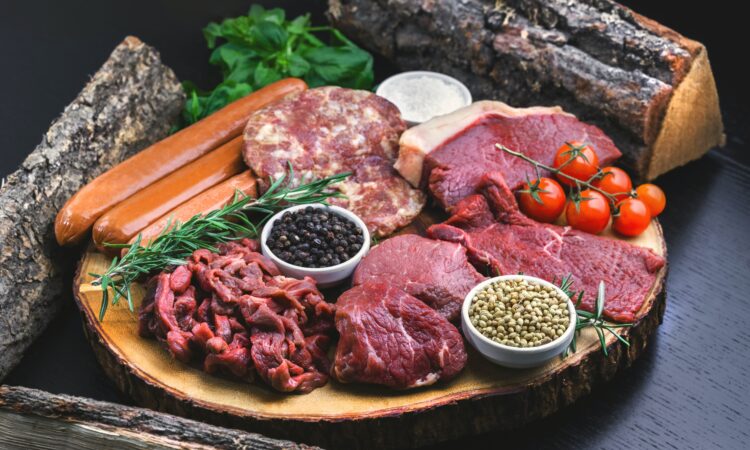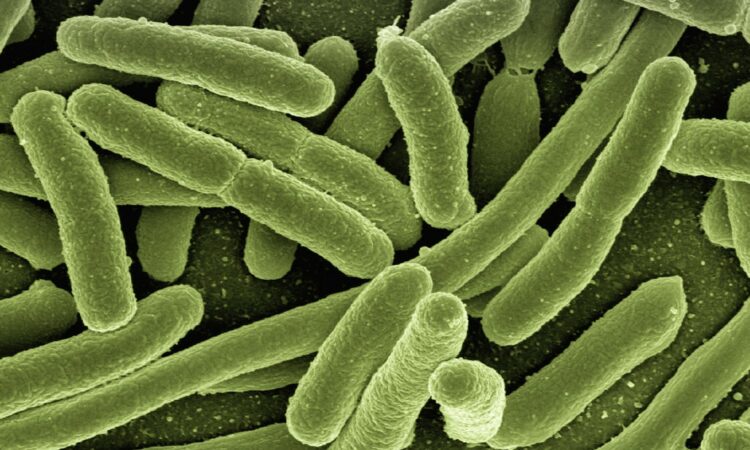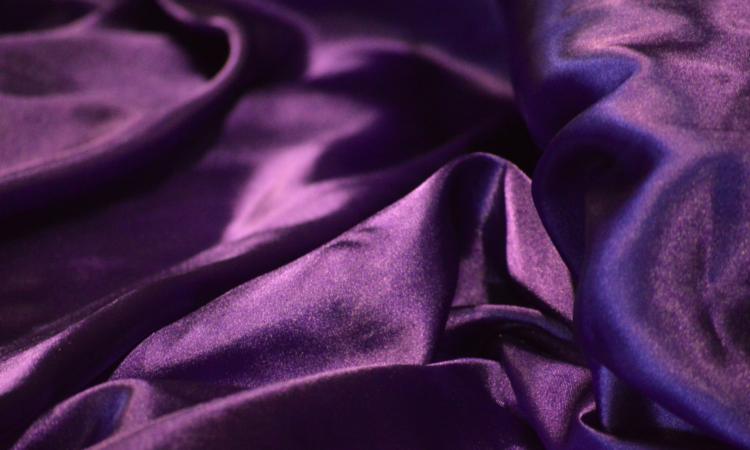Characterizing gut microbial enzymes
Repurposing enzymes to add deuterium atoms
Changing deuterium (D) atoms for hydrogen (H) atoms
Discovery of a promiscuous halogenase
Discovery of new halogenases from marine bacteria
Discovery of gut microbial enzymes that modify drugs
Scientists uncover more ways gut microbes modify drugs
How to solve a structure
Combining different data to solve a structure
Adding fluorines to small molecules
Enzymes incorporating fluorine into compounds
How to distinguish two similar chemical functional groups
Distinguishing sulfation from phosphorylation
Prioritizing study of novel proteins
How scientists figure out what enzymes to study
Towards enzymatic hydrocarbon remediation
Towards enzymatic bioremediation of oil spills
Engineering dicarboxylic acid production
Biology making precursors to perfumes, antibiotics, and more
Discovery of an oxygen-independent method for producing plasmalogens
How gut microbes produce lipid plasmalogens
Harnessing bacteria to become royalty
Engineering bacteria to make the dye ‘royal purple’
Unveiling cryptic compounds
How do you get microbes to produce cryptic compounds?
An alternative to isolating plant drugs
Discovery of the biosynthesis of a FDA-approved plant drug
A new link between the gut microbiome and ourselves
Sphingolipids – a new gut microbiota molecule that impacts host health
How microbes fuse rings together
Researchers discover a new way fungi fuse rings together
Bacteria surviving antibiotics by being phenotypically different from their moms and sisters
Bacteria evading antibiotics by behaving differently than their mother and sister cells
Stitching proteins together, piece by piece
New technology developed to build larger proteins
Discovering new microbial biosynthetic logic
Ting and coworkers discover a microbial compound made by recycling a peptide.



















